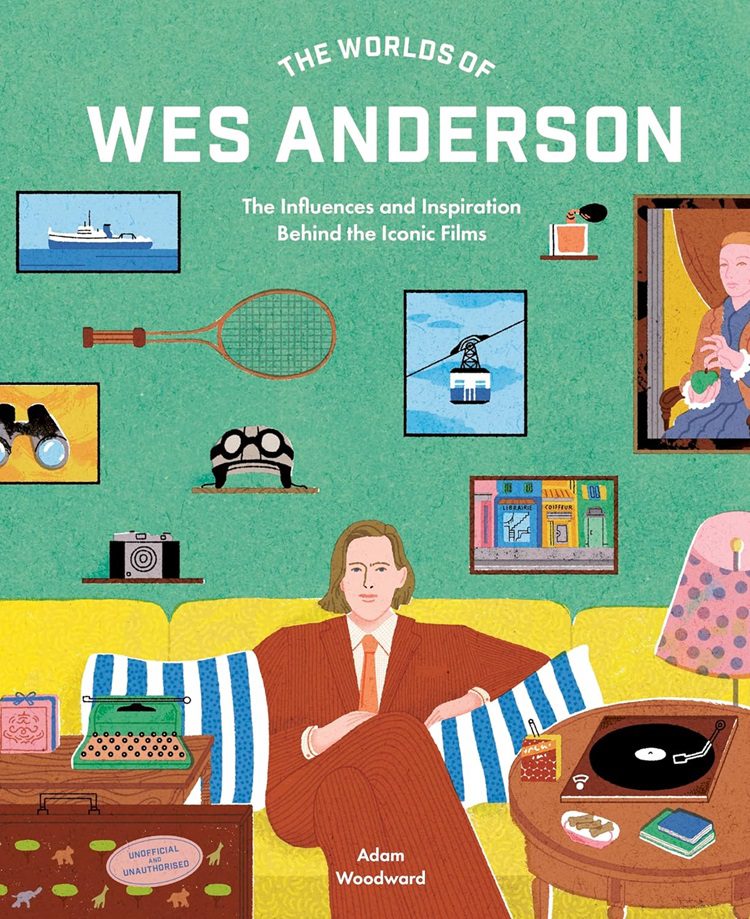
In his Introduction, The Worlds of Wes Anderson author Adam Woodward states that this book “is not intended to be a definitive or exhaustive guide to the myriad references contained within Anderson’s filmography,” a task he acknowledges “would not only be impractical but would probably make for a rather uninteresting read.” Instead, his goal was to create “a zigzagging, career-spanning journey into the director’s creative process that seeks to uncover and contextualize his most salient inspirations and passions.” Not only was he successful in that endeavor, but the non-linear trip is an interesting read as well.
Buy The Worlds of Wes Anderson hardcoverThe book is divided into nine chapters, each containing four essays devoted to a topic. For example, the first chapter, “Youth in Revolt,” contains essays about classics from the French New Wave (Truffaut’s The 400 Blows) and Hollywood (Kazan’s On the Waterfront) to a lesser-known British film (Waris Hussein’s Melody) and the music of the British Invasion, from which many songs have made their way into films, including the Rolling Stones’ “2000 Man” in Bottle Rocket and the Kinks’ “Nothin’ in the World Can Stop Me Worryin’ ‘Bout That Girl” in Rushmore.
What’s most interesting about Woodward’s examination and what also makes Anderson’s films so interesting, though likely not surprising to his fans, is that the director is not solely influenced by cinema as it seems so many of his contemporaries are. In the last chapter, “Colour and Composition,” Woodward points out how the selected works of painters Pieter Bruegel the Elder and Mark Rotko, and photographer Jacques Henri Lartigue impacted Anderson.
Although “unofficial and unauthorised,” Anderson speaks throughout, revealing how well researched the book is. In the New Yorker, Anderson reveals the influence John Cassavetes had on The Darjeeling Limited and in Interview Magazine states “the first director I was ever aware of was Alfred Hitchcock.” There also quotes taken from articles in periodicals, such as Sight and Sound and GOOD Magazine, and appearances, which include the world premiere of Isle of Dogs and a Kurosawa retrospective Anderson co-curated at New York’s Metrograph Theater.
It is recommended to have a notepad handy while reading The Worlds of Wes Anderson as it will surely inspire one to seek out a number of the media mentioned, but don’t worry as Woodward closes out the book with 100 viewing recommendations.